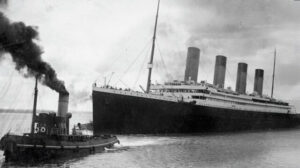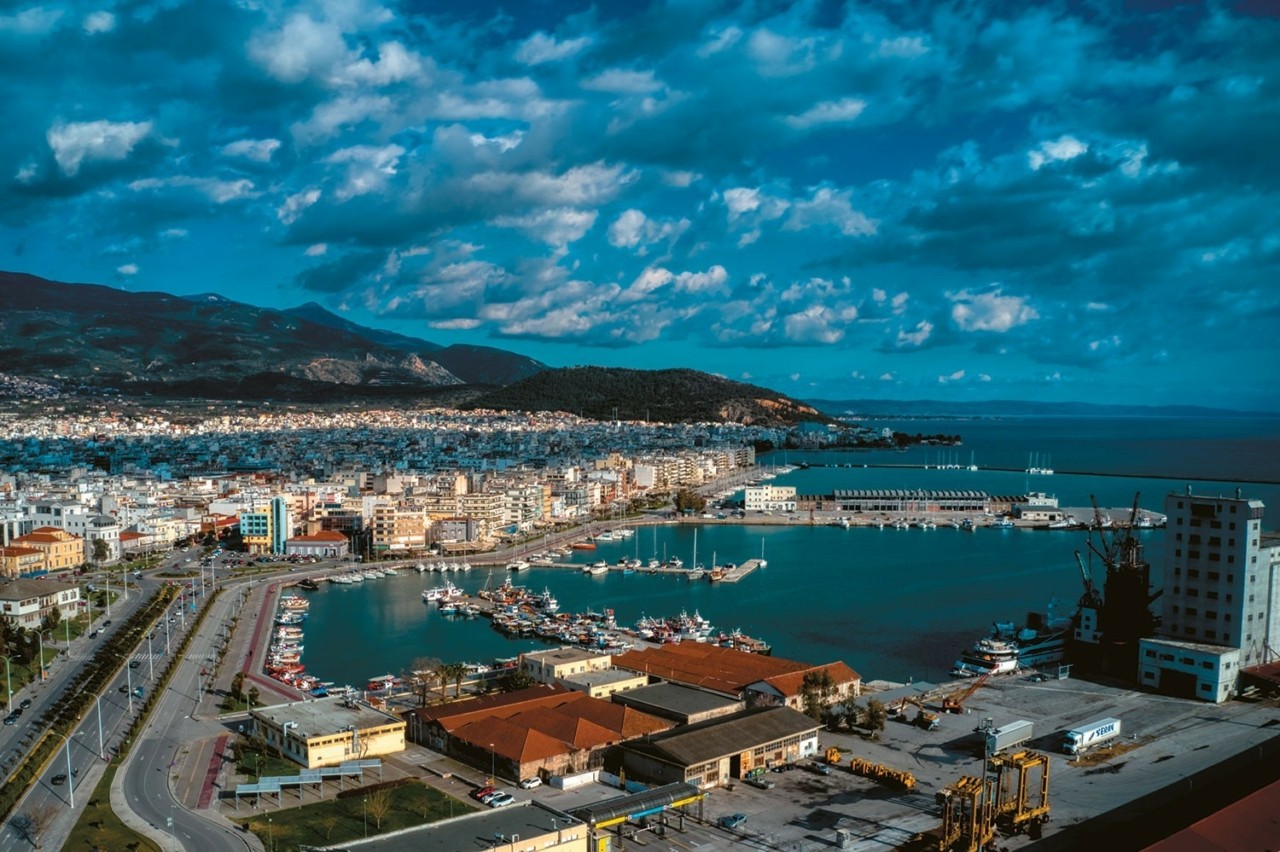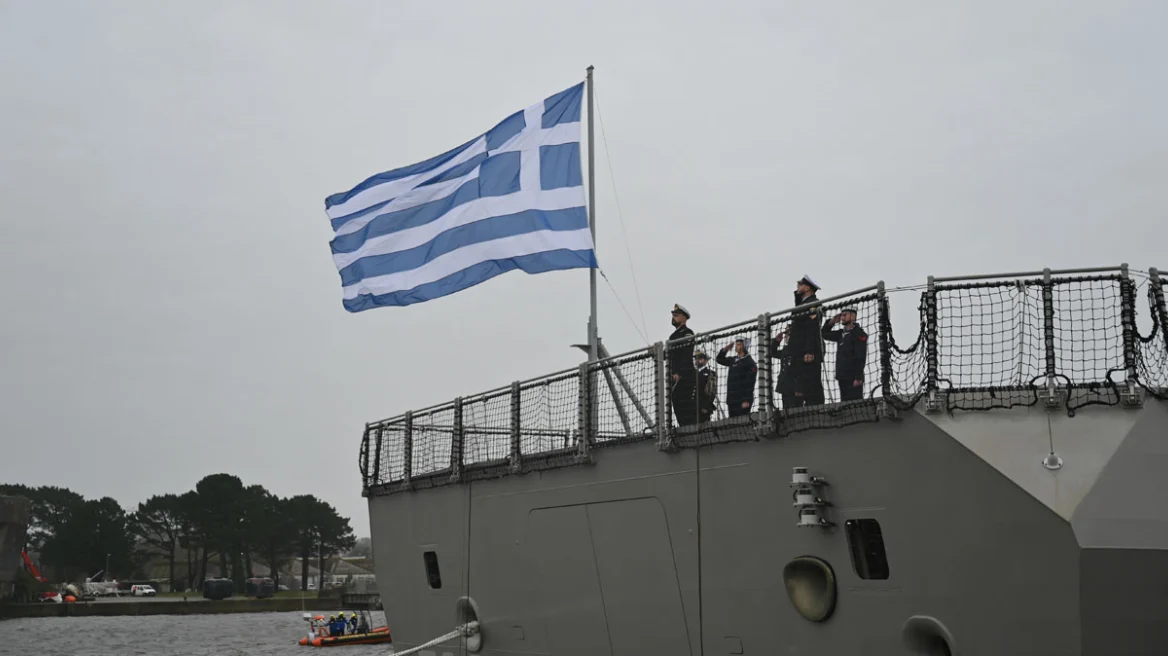More than a century after the wreck that rocked the world on April 15, 1912, digital images reveal in unprecedented detail some of the secrets of the Titanic.
Deep-sea mapping company Magellan Ltd. recorded the wreck, located at a depth of about 3,800 meters in the Atlantic Ocean, offering a riveting look inside the historic ship.
The boiler room and the valves that “speak”
Among the impressive details revealed is the boiler room near where the ship was cut in two. According to the BBC, the images show some boilers are still curved, suggesting they were working until the last moment.
New Titanic 3D scan drops jaw-dropping details: over 700,000 images reveal the ship’s final chaos after hitting that iceberg. Simulation shows six punctured compartments-not four-doomed the ‘unsinkable’ liner. History just got a digital upgrade! pic.twitter.com/RqiGEK9yix
– Abdul Waheed (@JustHateTheHate) April 8, 2025</blockquote
This confirms eyewitness testimony that the engineers worked until the end to keep the ship’s lights on. An open valve recorded at the stern of the ship reinforces testimony that steam continued to flow into the power generation system even as the ship was sinking.
According to analyst Parks Stephenson, “The Titanic is the last eyewitness to the disaster and still has stories to tell.”
The Heroes of the Engine Room
The new find reinforces the stories of bravery that have been recorded about the Titanic’s engineers. One team, led by engineer Joseph Bell from Cambria, shovelled coal to the end to keep the lights on, helping the crew organise the evacuation in lifeboats. All perished, but their act is considered life-saving for many passengers.
“They kept the chaos away for as long as they could,” Stephenson told the BBC, “and that is symbolized today by that open valve in the stern.”
Physical reconstruction of the night of the tragedy
The scans, which were analyzed for the National Geographic and Atlantic Productions documentary “Titanic: The Digital Resurrection,” are a continuation of the first digital images released two years ago. Magellan Ltd. submarines recorded all parts of the wreck, and a simulation was created to recreate the disaster on the night of April 15, 1912.
Lead researcher Jeom-Kee Paik, of University College London, confirms that the Titanic was only hit by the iceberg once. However, the impact opened A4-sized rifts along six compartments, leading to gradual flooding and eventual destruction.
Shipwright Simon Benson from the University of Newcastle explains: “Water was gradually coming in through these small holes, flooding the flats above.” The RMS Titanic, owned by the White Star Line, sank in 2 hours and 40 minutes, carrying off to her death some 1,517 of the 2,224 people on board. The pieces of the ship were found in 1985, 350 nautical miles off the coast of Canada.
The wreck over time
Today, the Titanic is in pieces. The bow and stern are about 2,600 metres apart, the former being more recognizable despite the traces of the impact, while the latter is a chaotic cluster of metal. The wreck is surrounded by a debris field, including pieces of furniture, metal objects, champagne bottles, and even passenger shoes.
However, experts warn that the Titanic is eroding rapidly and could disappear completely within the next 40 years. Despite its natural deterioration, through scans and new discoveries, its story continues to fascinate and reveal unknown aspects of the world’s most famous maritime tragedy.
Ask me anything
Explore related questions





